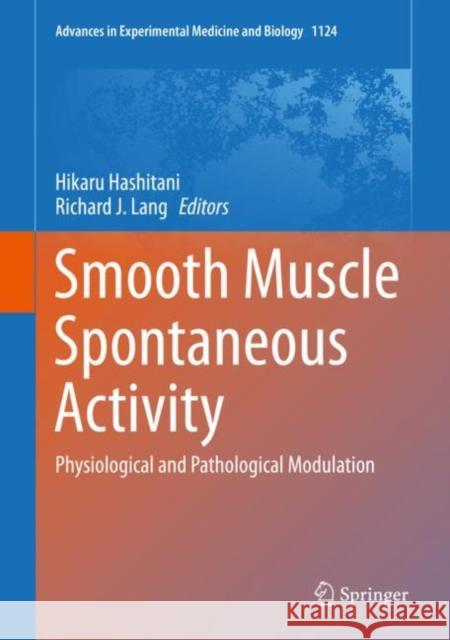Smooth Muscle Spontaneous Activity: Physiological and Pathological Modulation » książka
topmenu
Smooth Muscle Spontaneous Activity: Physiological and Pathological Modulation
ISBN-13: 9789811358944 / Angielski / Twarda / 2019 / 427 str.
Smooth Muscle Spontaneous Activity: Physiological and Pathological Modulation
ISBN-13: 9789811358944 / Angielski / Twarda / 2019 / 427 str.
cena 685,93
(netto: 653,27 VAT: 5%)
Najniższa cena z 30 dni: 655,41
(netto: 653,27 VAT: 5%)
Najniższa cena z 30 dni: 655,41
Termin realizacji zamówienia:
ok. 22 dni roboczych
Bez gwarancji dostawy przed świętami
ok. 22 dni roboczych
Bez gwarancji dostawy przed świętami
Darmowa dostawa!
Kategorie BISAC:
Wydawca:
Springer
Seria wydawnicza:
Język:
Angielski
ISBN-13:
9789811358944
Rok wydania:
2019
Wydanie:
2019
Ilość stron:
427
Oprawa:
Twarda
Wolumenów:
01











